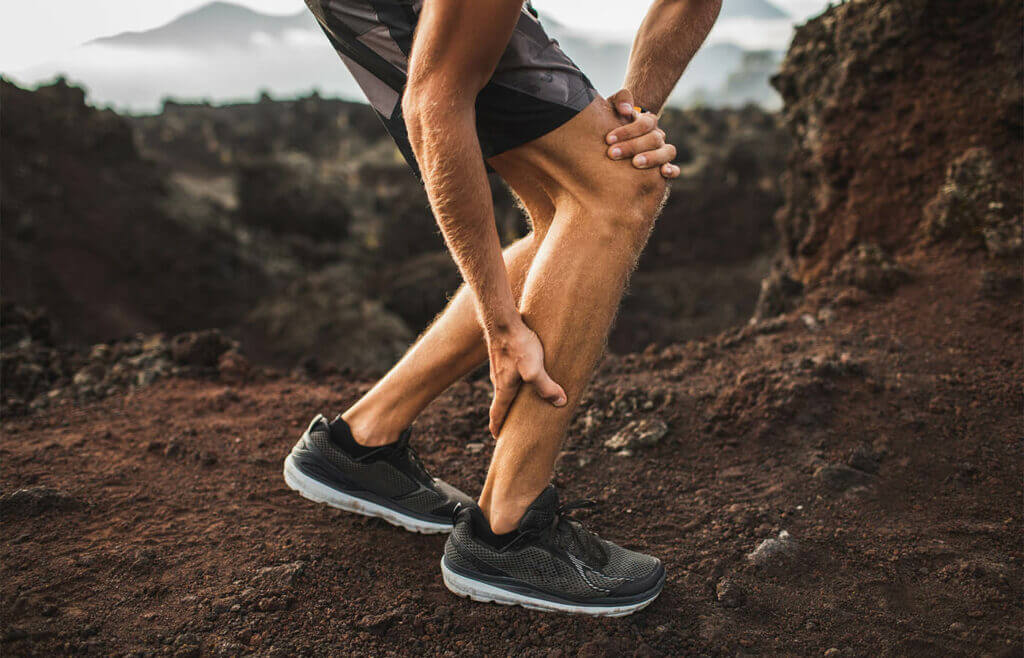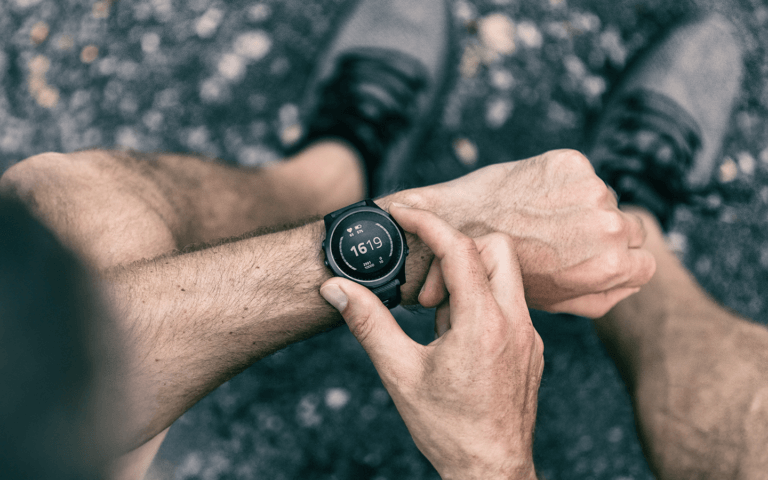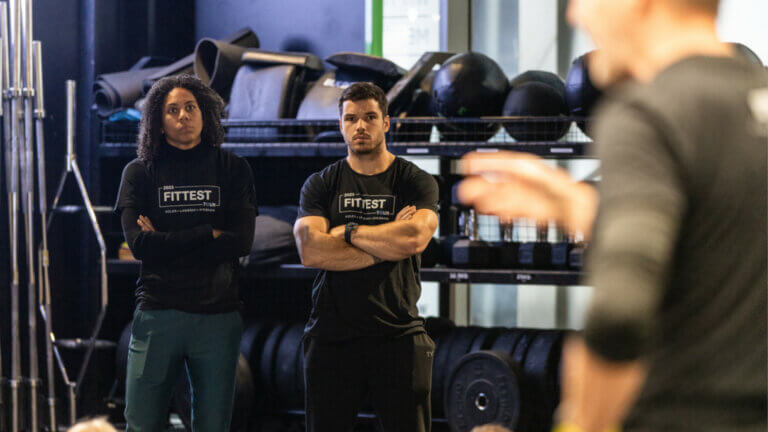With long-distance running trending as a top way to stay fit, running injuries associated with the pastime is an all-too-common occurrence. Amit Shah, orthopedic consultant at Spire Flyde Coast Hospital provides the 9 most common culprits and how to fix them.
Runner’s knee
Runner’s knee, medically known as patellofemoral pain, refers to a dull, aching pain at the front of your knee, often where your kneecap meets the bottom of your thigh bone. It can be caused by damage or irritation of any of the tissues in your knee.
Treatment involves resting your knee, applying ice packs for up to 20 minutes several times a day, wrapping your knee in an elastic bandage to reduce swelling and elevating your foot to about the level of your knee.
Achilles’ tendonitis/ tendinitis
Achilles tendonitis is caused by inflammation of the tendon that runs along the back of your ankle and connects your heel bone to your calf muscle. It can cause aches, pain, tenderness, and stiffness at the back of your ankle and is usually caused by suddenly increasing the length or intensity of your runs.
To treat this commonplace injury, rest your ankle, apply ice packs for up to 20 minutes several times a day, wrap your ankle in a compression bandage to reduce swelling and elevate your leg when sitting or lying down.
To avoid Achilles’ tendonitis, gradually increase the intensity and length of your runs, wear running shoes that support the arch of your feet and cushion your heels and stretch your calf muscles and Achilles’ tendon every morning, as well as before and after a run. You can also perform regular exercises to strengthen your calf muscles.
Plantar fasciitis
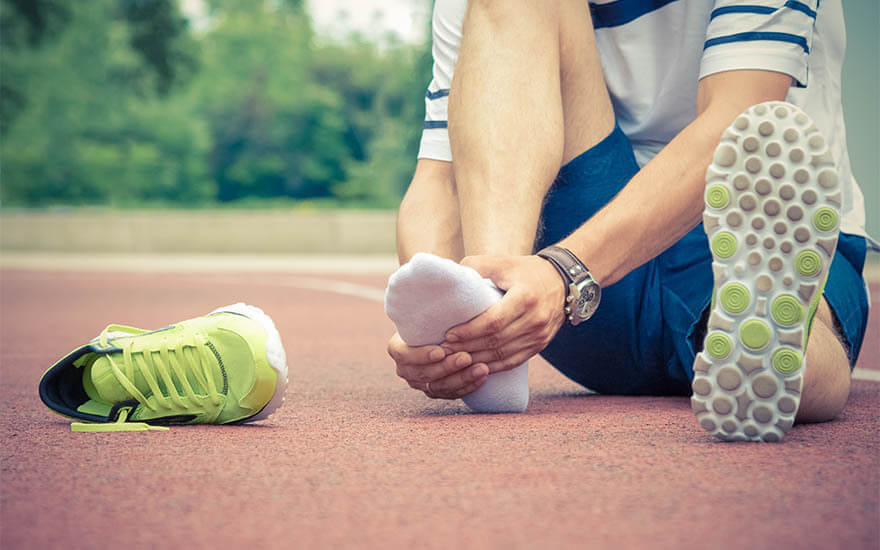
Plantar fasciitis occurs when the band of tissue (fascia) running along the base of your foot, from your heel to your toes, becomes inflamed and thickens. This causes pain in your heel and foot arch, often worse first thing in the morning and after sitting for a long time. Walking or running may temporarily ease the pain. However, it usually returns after being on your feet for a long time.
You can ease plantar fasciitis pain by resting, applying ice packs for up to 20 minutes several times a day, performing regular exercises to stretch your Achilles’ tendon (behind your ankle), calf muscles and fascia, and wearing shoes with extra cushioning or padded inserts.
To prevent plantar fasciitis, it is essential to wear shoes with appropriate cushioning and support and to maintain a healthy weight. Also, try to avoid walking barefoot — wear supportive footwear at home too.
Iliotibial band (ITB) syndrome
ITB syndrome occurs when your iliotibial (IT) band — a band of tissue that runs from the top of your pelvic bone down to your knee, along the outer side of your thigh/knee — becomes irritated and inflamed.
This can happen when running as the repetitive movements cause your IT band to rub against your knee bones. This leads to pain on the outer side of your knee, which can spread up or down your leg. Treatment includes rest and applying ice packs for up to 20 minutes several times daily.
To avoid developing ITB syndrome, stretch properly before and after your run, run on flat surfaces, perform regular exercises to stretch your IT band, hamstring, and hip and thigh muscles, and wear supportive running shoes.
Shin splints
Shin splints refer to shin pain, i.e., pain from your shin bone (tibia), which runs along the front of your leg. Applying ice packs for up to 20 minutes several times daily and avoiding activities that trigger your shin splints can help ease the pain. This may mean switching from running on hard surfaces like the road to running on softer surfaces, such as a treadmill, grass, dirt, or synthetic running tracks.
To reduce your risk of developing shin splints, stretch properly before and after your run and wear supportive running shoes.
Stress fractures
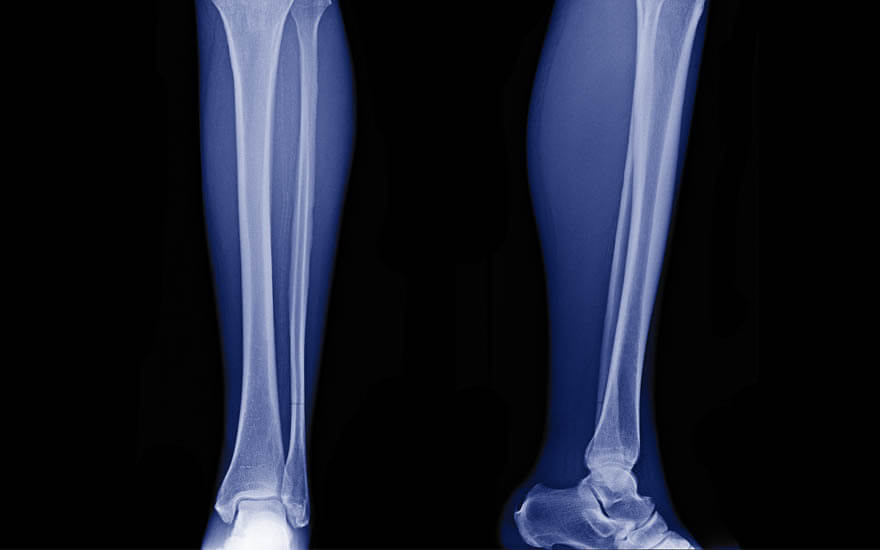
Stress fractures are small cracks in your bones that cause pain, swelling and tenderness. In runners, they commonly occur in the lower leg bone (tibia), upper leg bone (femur) and bones in the feet (metatarsals).
If you have stress fractures, you must stop the activity causing them, or your fractures could worsen and fail to heal correctly. Treatment includes rest, avoiding both low- and high-impact exercises, and applying ice packs for up to 20 minutes several times daily. If you have a severe stress fracture, you may need surgery.
To prevent stress fractures, wear well-fitting running shoes, gradually increase the intensity and length of your runs, and alternate your running with non-impact activities, such as swimming or using a cross-trainer. Also, ensure your diet includes enough calcium and vitamin D — if you’re concerned, talk to your doctor or a dietitian about supplements.
Pulled hamstrings
Your hamstrings are a group of tendons that connect your hamstring muscles at the back of your thighs to your pelvic bone. This muscle/tendon group is the main force that helps to bend your knees. Pulled hamstrings occur when these tendons become strained, causing pain and tenderness along the back of your thigh.
Treatment involves resting your leg, applying ice packs for up to 20 minutes several times a day, wrapping your thigh in an elastic bandage to reduce swelling and elevating your leg when sitting or lying down.
To reduce your risk of pulling a hamstring, always warm up and cool down properly before and after a run. Regular exercises that strengthen your hamstring muscles and core and improve the flexibility of your quadriceps muscles can also help, try leg curls and hip extension movements.
Chafing
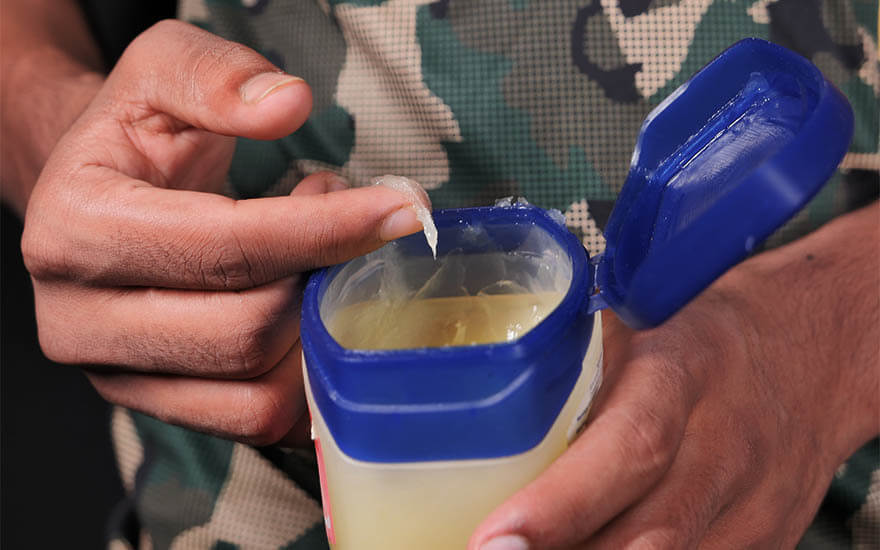
Chafing causes your skin to become irritated, inflamed and red. It can also cause a burning or stinging sensation. When running, chafing occurs as skin rubs against your skin or your clothing and is made worse by sweating. It usually affects your thighs, armpits and/or nipple area.
To avoid chafing, wear synthetic, skin-tight clothing and apply petroleum jelly to at-risk areas before you run. It’s also important to stay hydrated as this will reduce the salt content of your sweat — saltier sweat can increase the friction that causes chafing.
Blisters
Blisters are tiny, fluid-filled bubbles under your skin. When running, a combination of heat, sweat and friction caused by rubbing against your shoes can produce sore or painful blisters on your feet.
Most blisters will go away independently — do not burst them yourself, as this can lead to infection. Instead, cover your blister with a soft plaster or padded dressing. Once it has burst and drained on its own, cover it again with a plaster or dressing until your skin heals.
To help prevent running blisters, wear well-fitting socks and running shoes and break in new shoes and socks by walking in them for a few days. Also, avoid cotton socks; wear synthetic socks as this helps to wick sweat away from your skin. You can also apply talcum powder to your feet to help absorb sweat.
Related Articles
Lace-up in style: The best workout shoes for men

